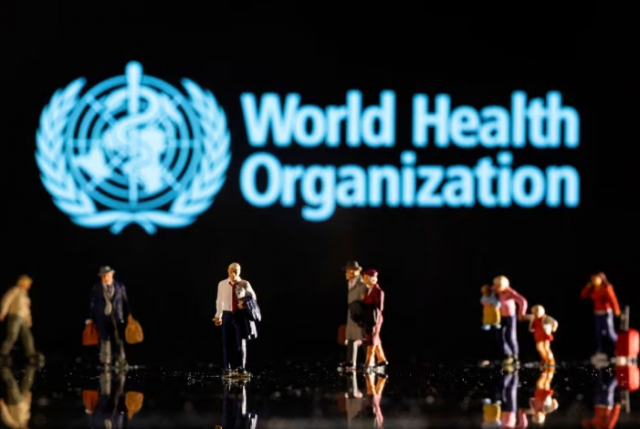Nearly one-third of adults not active enough, says WHO
WHO report shows a rise in insufficient physical activity among adults worldwide

A recent report by the World Health Organization (WHO) reveals that nearly one-third of adults worldwide were insufficiently physically active in 2022, with the prevalence rising from 23.4% in 2000 to 31.3% in 2022.
The study, which analysed 507 population-based surveys covering 5.7 million participants across 197 countries, highlights significant disparities in physical activity levels by sex, age, and region.
Women were found to be less active than men, with a global prevalence of 33.8% compared to 28.7% for men.
High-income regions, particularly in Asia, showed the highest levels of inactivity, while Oceania and sub-Saharan Africa had the lowest.
The data suggests that most countries are off track to meet the global target of a 15% relative reduction in insufficient physical activity by 2030.
"If 2010–22 trends continue, the global target will not be met," the report states.
The findings underline the need for concerted multi-sectoral efforts to promote physical activity and address existing inequalities.
The WHO emphasises the importance of effective policies and programmes to encourage physical activity, particularly among women and older adults, to improve public health outcomes globally.
The organisation points to successful strategies in some regions that could serve as models for other areas.
The report also notes that physical inactivity is linked to increased risks of non-communicable diseases, poor physical and cognitive function, weight gain, and mental health issues.
As a result, promoting physical activity is not only crucial for individual health but also for reducing healthcare costs and improving quality of life on a broader scale.
Oceania and sub-Saharan Africa were identified as the regions with the lowest prevalence of insufficient physical activity, suggesting that cultural factors and local initiatives may play a role in promoting more active lifestyles.
However, even in these regions, concerted efforts are required to maintain and improve physical activity levels.
In contrast, regions with higher inactivity rates face more significant challenges.
The WHO calls for targeted interventions to address barriers to physical activity, such as urban design, safety, and access to recreational spaces.
It also recommends incorporating physical activity into daily routines, including at workplaces and schools, to make it more accessible for all age groups.



1701351241-1/Afghan-refugees-(3)1701351241-1-208x130.webp)















COMMENTS
Comments are moderated and generally will be posted if they are on-topic and not abusive.
For more information, please see our Comments FAQ